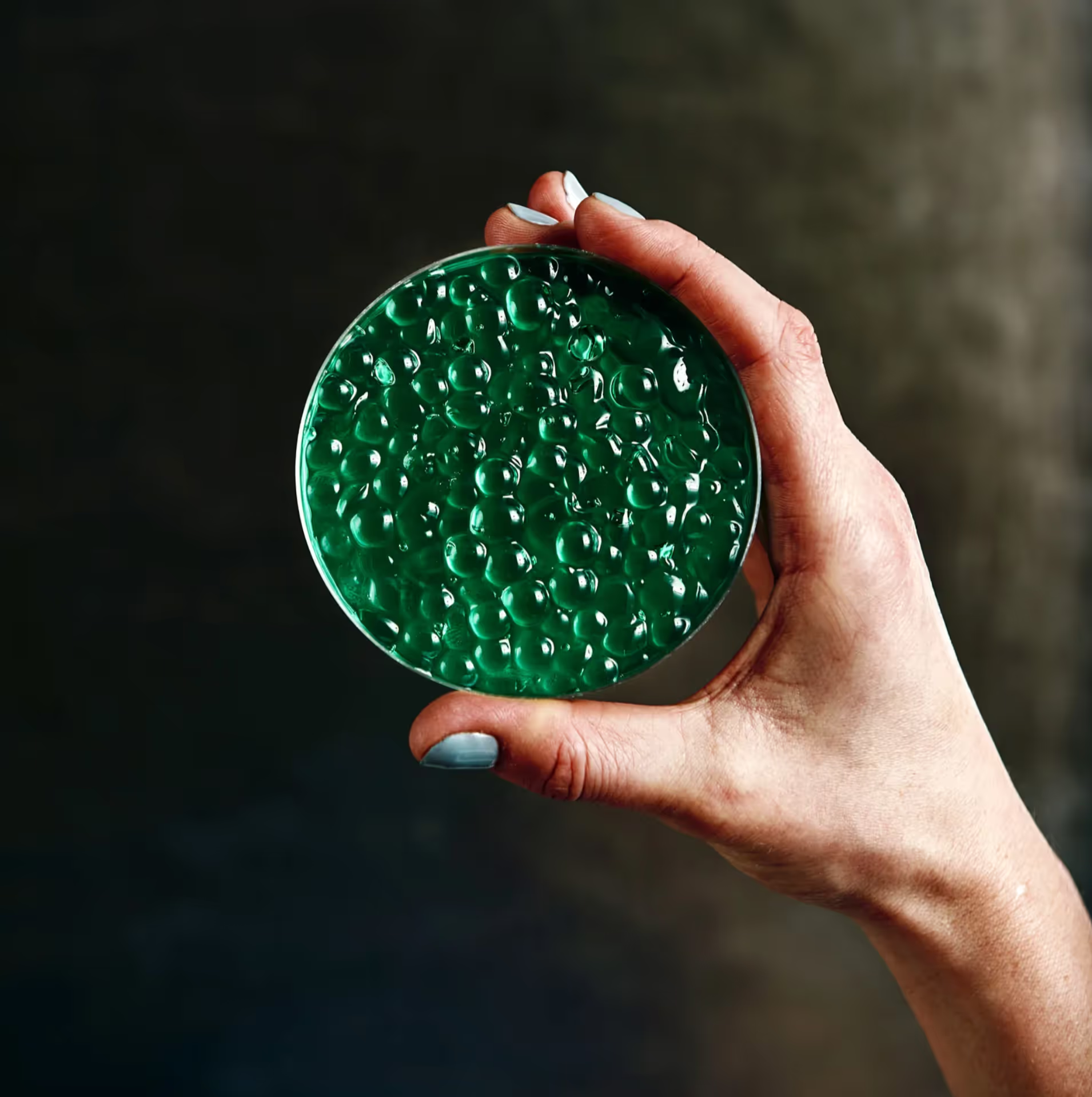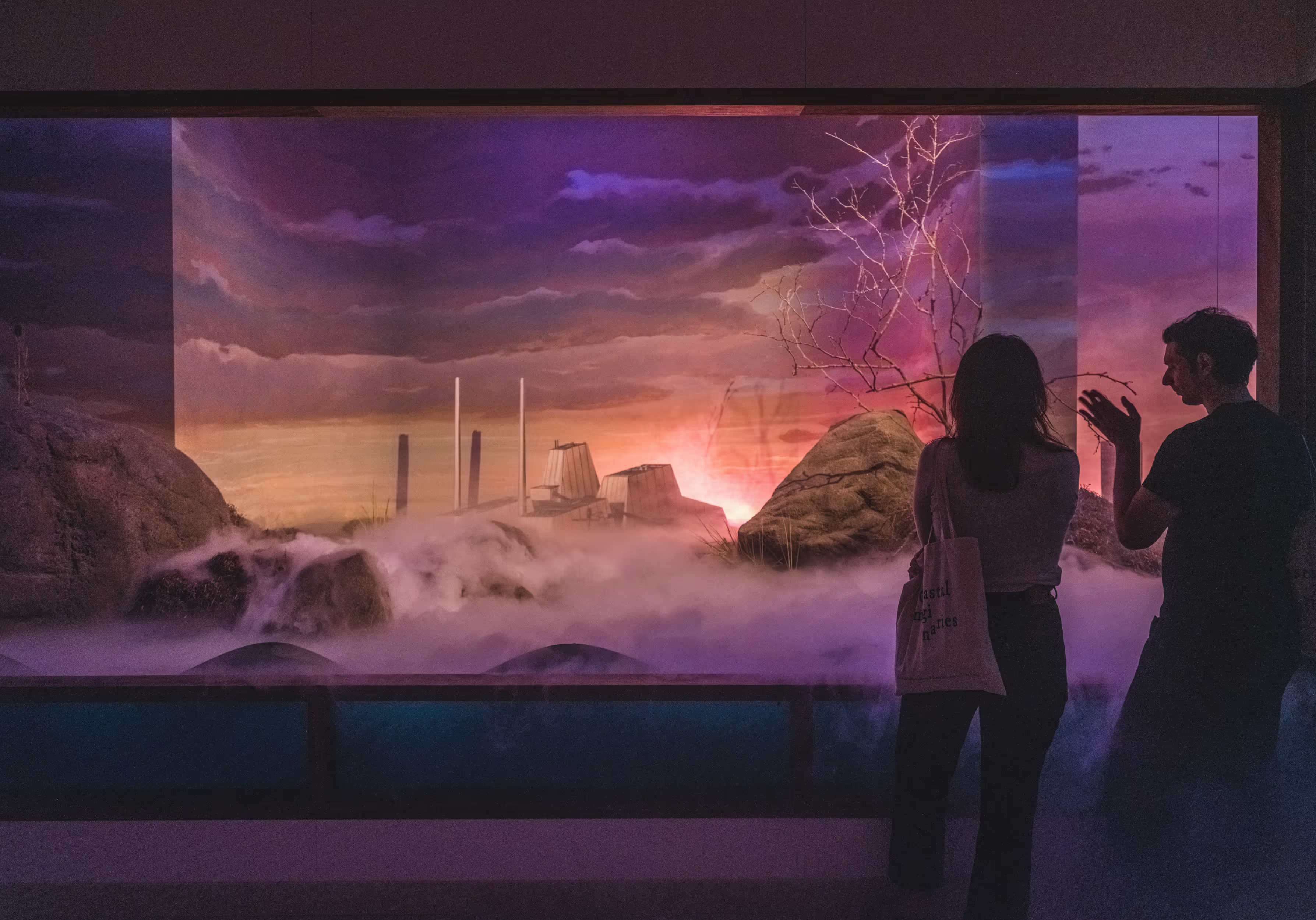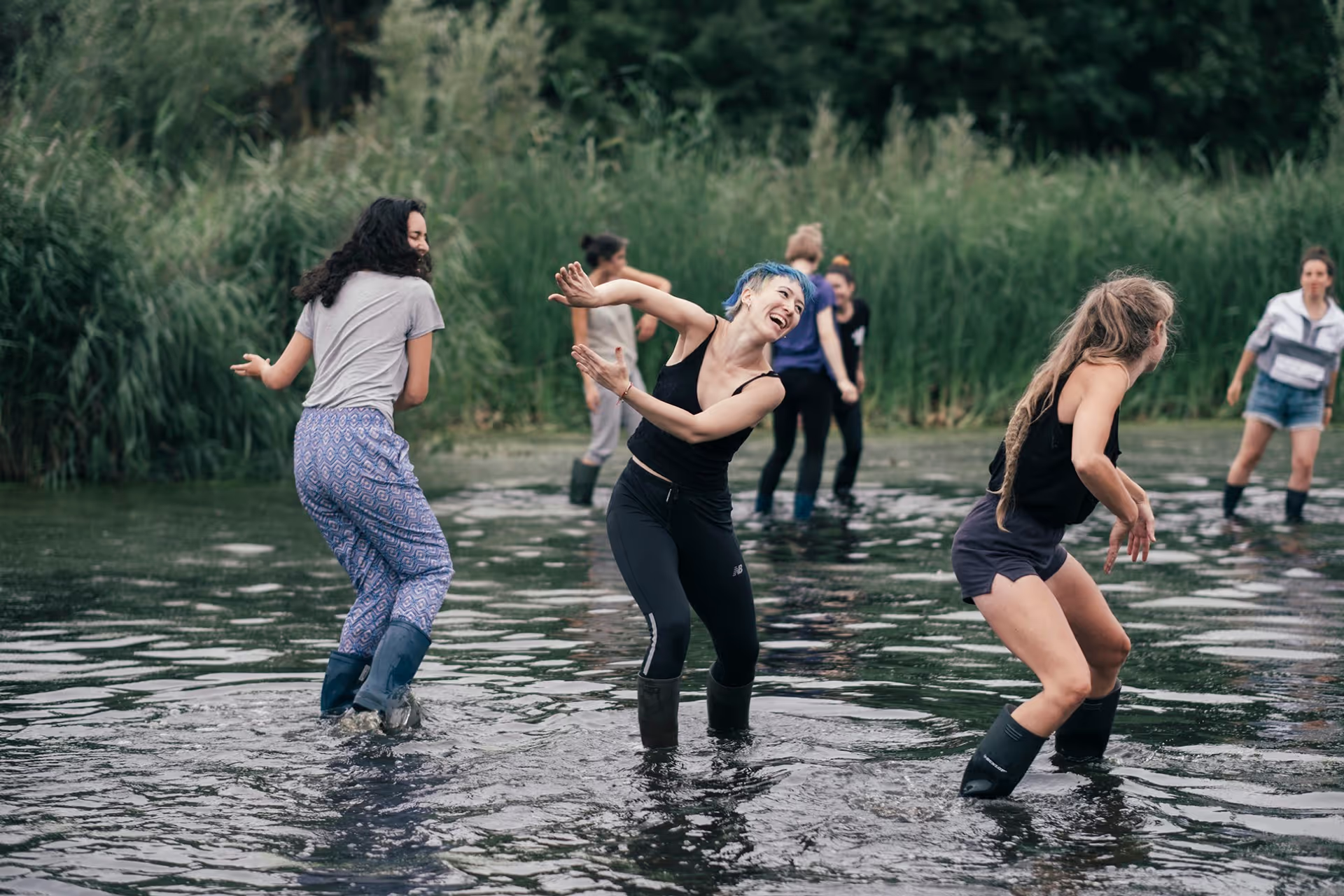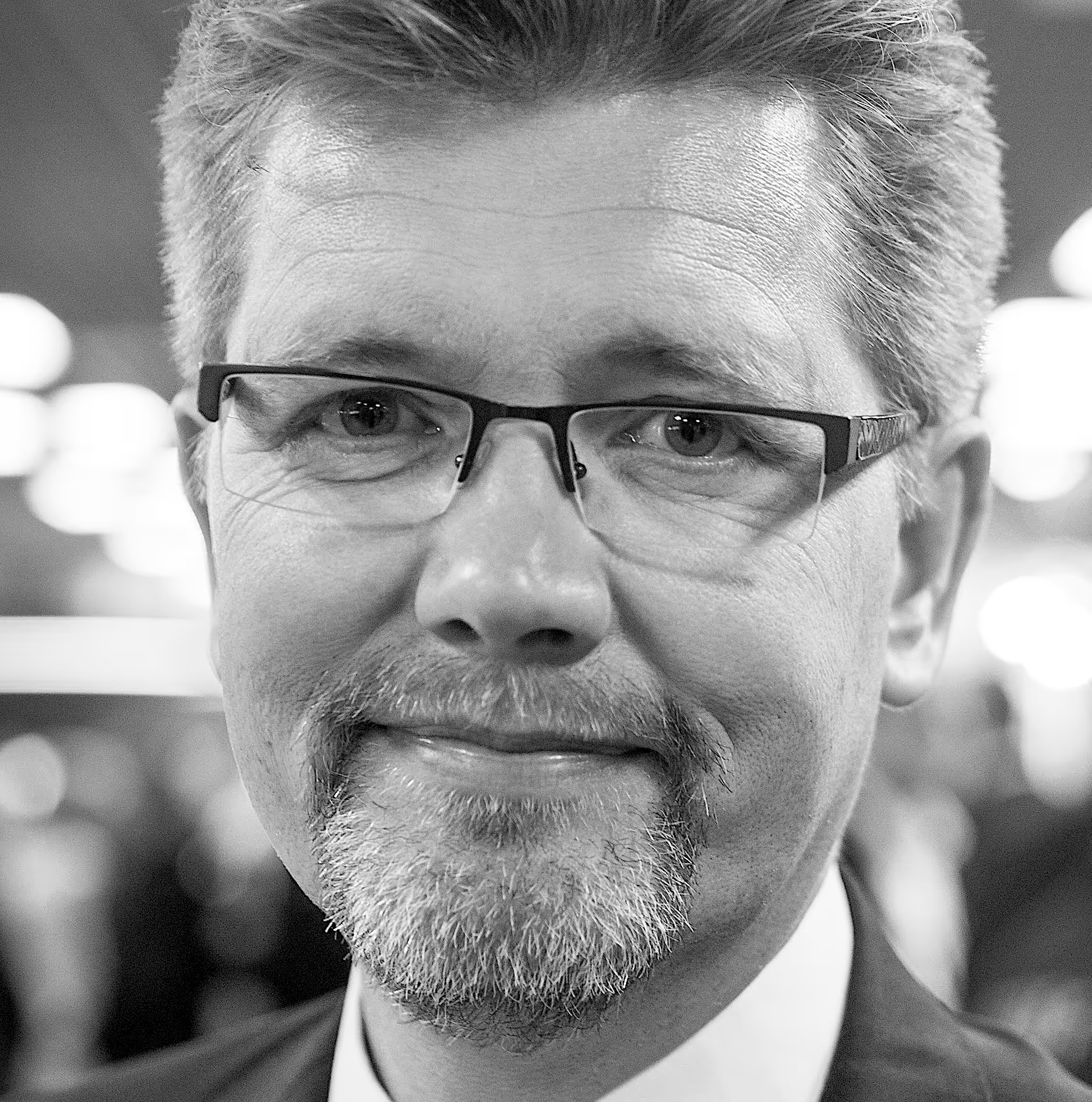Imagine the most sterile place you can think of…
Chances are you are thinking of a hospital or maybe a laboratory. White coats, squeaky clean surfaces. A vague smell of cleaning chemicals. That clinical feeling.
These are usually places we might describe as impersonal and a bit cold. Everything is highly controlled. As they should be—in a hospital or a lab. But these places stand in contrast to many of our everyday environments because they have no messiness.
There’s nothing random, rather everything has a specific reason, a specific rationale. There’s nothing superfluous. A certain level of messiness is usually a part of all places and environments. And we have always sought to control that messiness or at least convince each other and ourselves that we could. Think of neatly kept gardens as a display of humans’ control over nature. Neatly designed cities illustrating how life can be orchestrated and organised. With design and planning comes a reduction of messiness or so it used to.
With today’s design ideals, we like to incorporate designed mess. Think for instance of the ‘Vild med Vilje’ initiatives, or ‘Wild on purpose’, a movement to encourage more wild nature in Denmark by way of design and planning.
While we prefer to keep the illusion that we can control the mess, we nonetheless thrive with at least a little of it. It’s the thing that gives a place identity because it has elements for us to reflect on. To feel connected to. Attach memories to.
We can recognise our personal spaces—say our homes—by the fact that we get to choose the mess. We decide the amount and the location and the shape of the mess. This makes a place personal.
The lack of control is the real source of the sterility of the place, not the amount of disinfectant used.
In responding to the corona outbreak and as an important part of avoiding a spread of the virus, we have a task of designing places that are easy to clean. But at the same time the task is to avoid designing overly controlled environments. For us to thrive in an environment it shouldn’t be clinical or sterile—it should be clean yes, but offer us at least a small degree of mess.
If a place is overly controlled—by someone else—it rarely feels personal. Imagine your living room controlled according to certain standards that are already given. For instance a maximum number of seats with a minimum distance between them. You have nothing to say in the matter, no influence. The lack of control is the real source of the sterility of the place, not the amount of disinfectant used.
If we give up the right to have an influence and have a say in the mess of our environments, that’s when they become clinical and can’t provide anything for us to grab a hold of or to reflect on or relate to. Then they become reduced to a representation of moral—that is sanitary—prescriptions.
So in responding to the corona virus, how many benches to remove from the park? How many toys to remove from the kindergarten? Obviously there is no magic answer. But it’s worth keeping in mind that attachment to places comes from messiness and that to lose these attachments would affect our wellbeing in our environments. Especially with prospects of living with restrictions for a long time, the challenge for designers and others is to ensure that we still feel welcome in all of our everyday environments and that they remain interesting to us.

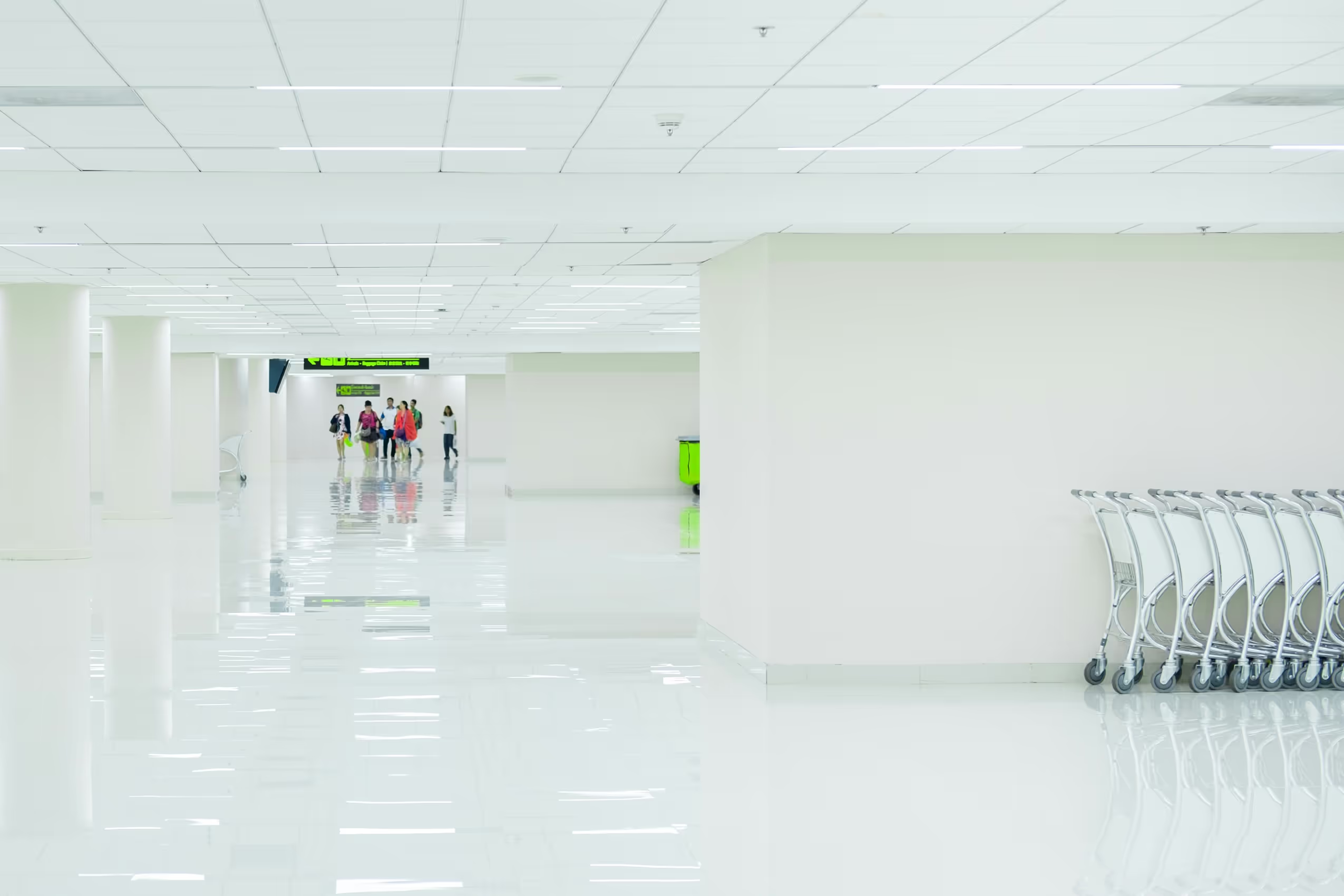



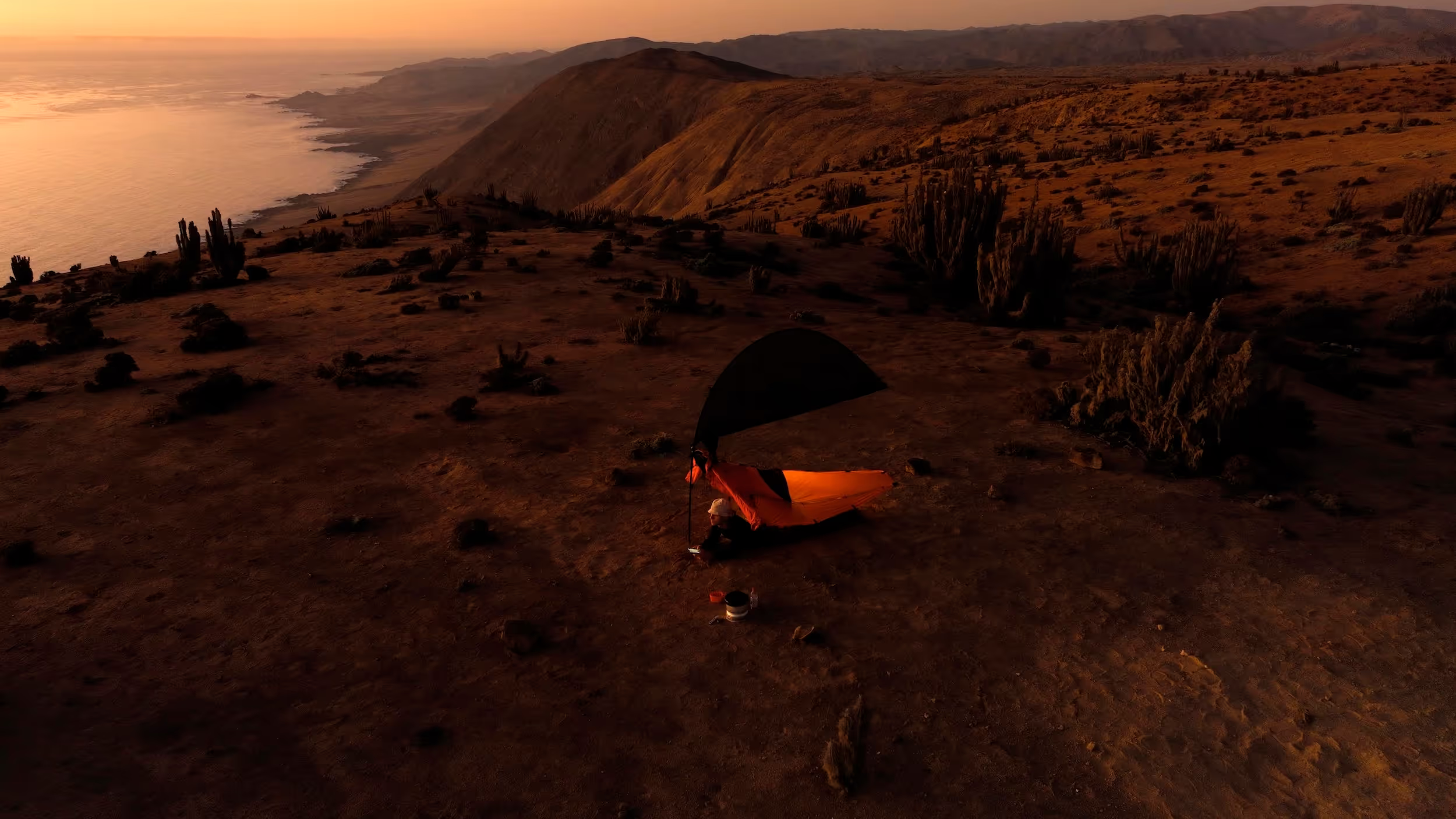

(2)Large.avif)
